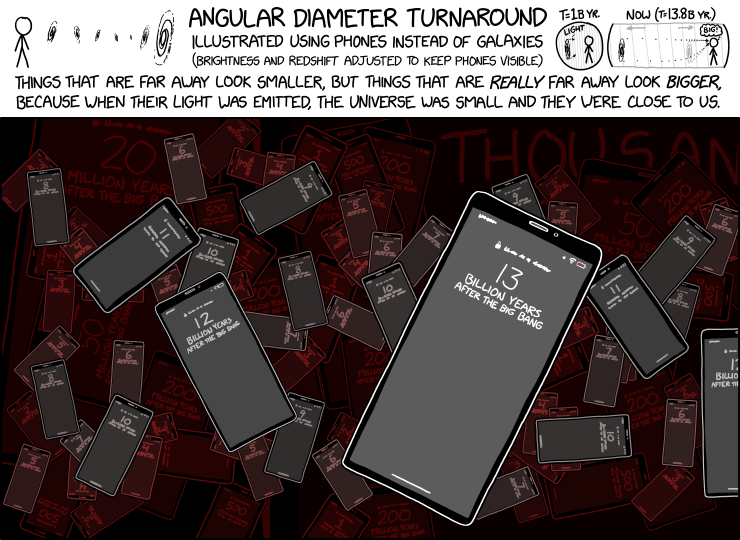 Pandora's Cluster of Galaxies
Pandora's Cluster of GalaxiesExplanation: This deep field mosaicked image presents a stunning view of galaxy cluster Abell 2744 from the James Webb Space Telescope's NIRCam. Also dubbed Pandora's Cluster, Abell 2744 itself appears to be a ponderous merger of three different massive galaxy clusters some 3.5 billion light-years away toward the constellation Sculptor. Dominated by dark matter, the mega-cluster warps and distorts the fabric of spacetime, gravitationally lensing even more distant objects. Redder than the Pandora cluster galaxies many of the lensed sources are very distant galaxies in the early Universe, stretched and distorted into arcs. Of course distinctive diffraction spikes mark foreground Milky Way stars. At the Pandora Cluster's estimated distance this cosmic box spans about 6 million light-years. But don't panic. You can explore the tantalizing region in a 2 minute video tour.
| << Previous APOD | This Day in APOD | Next APOD >> |
